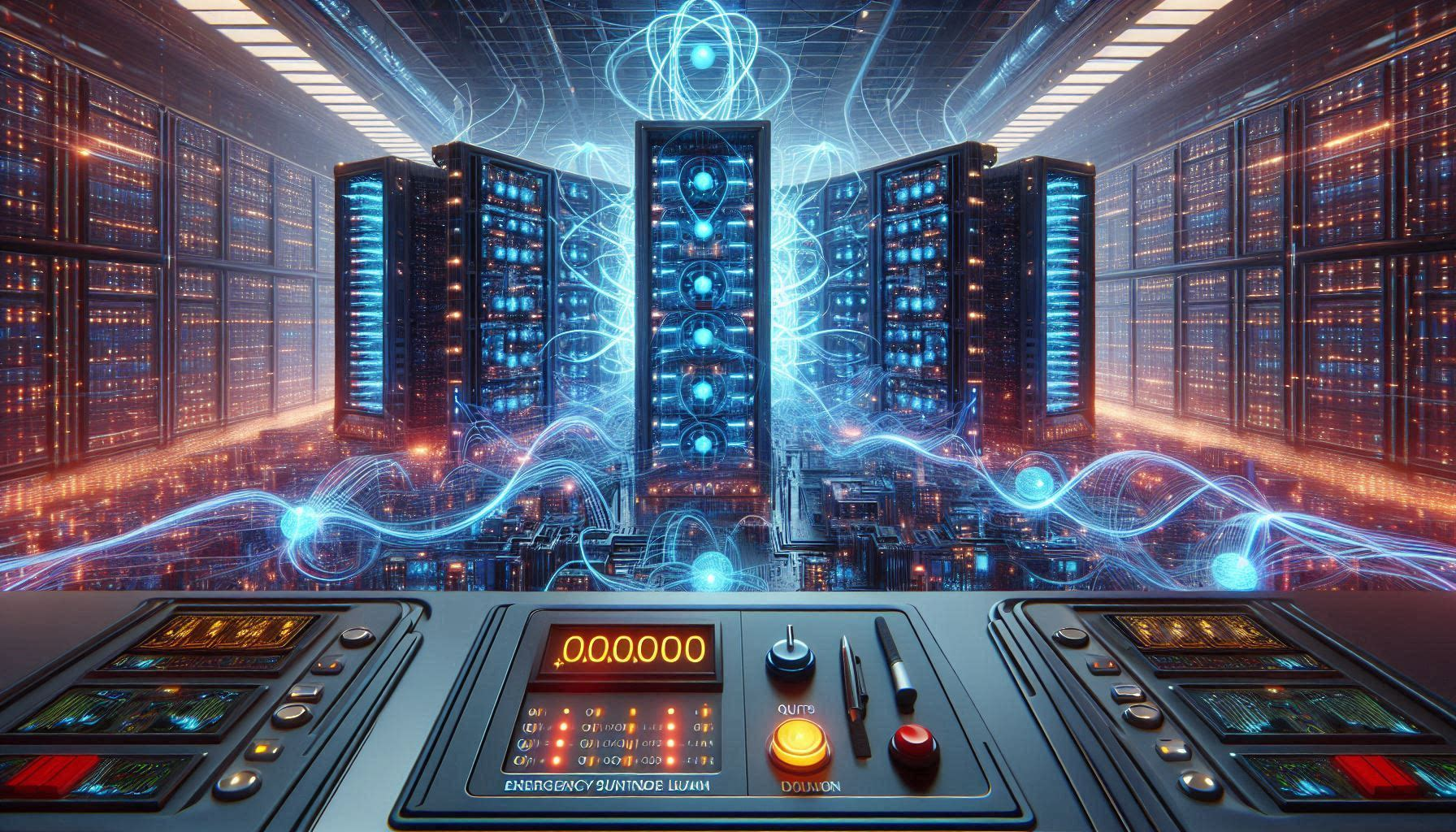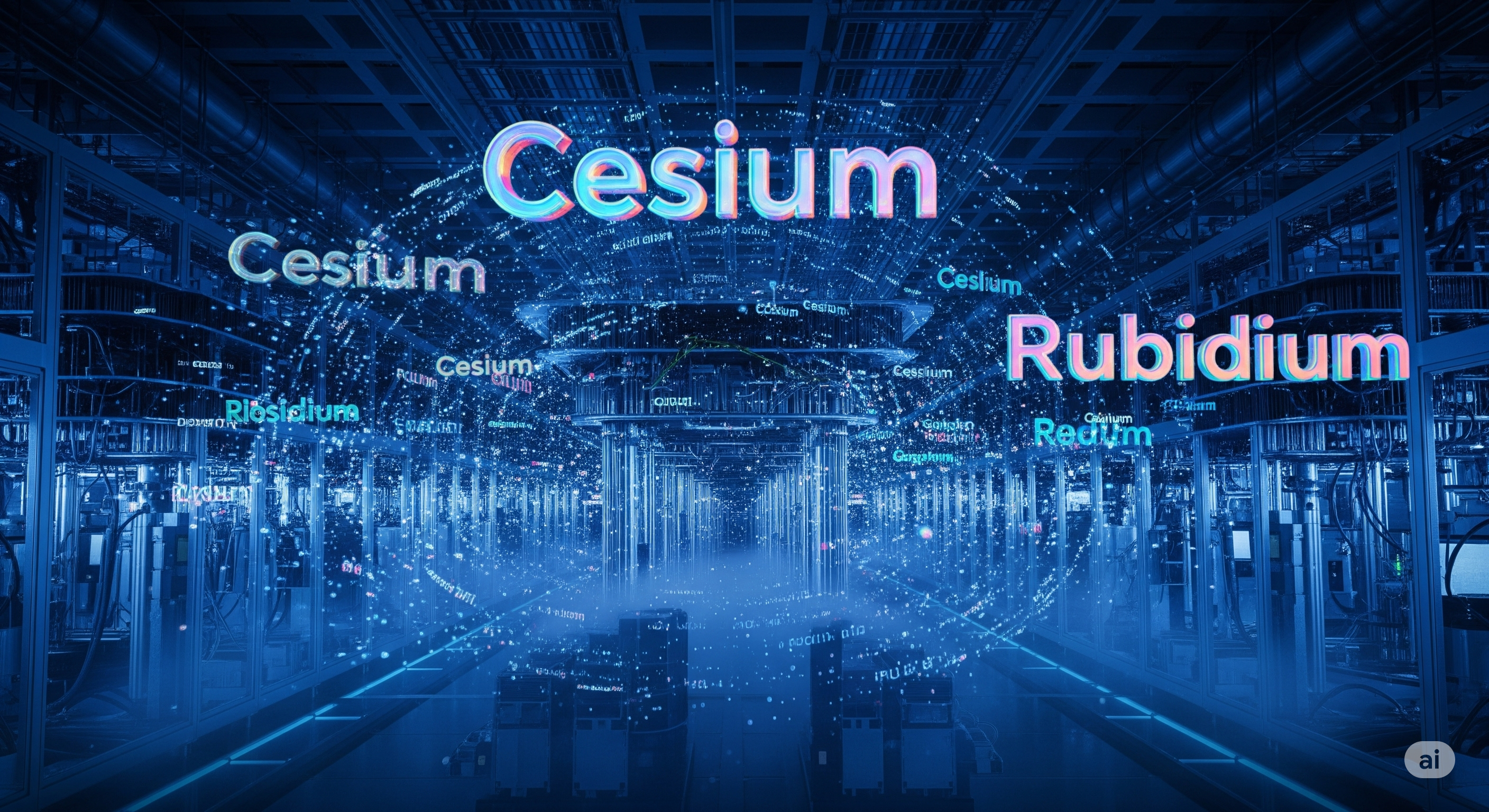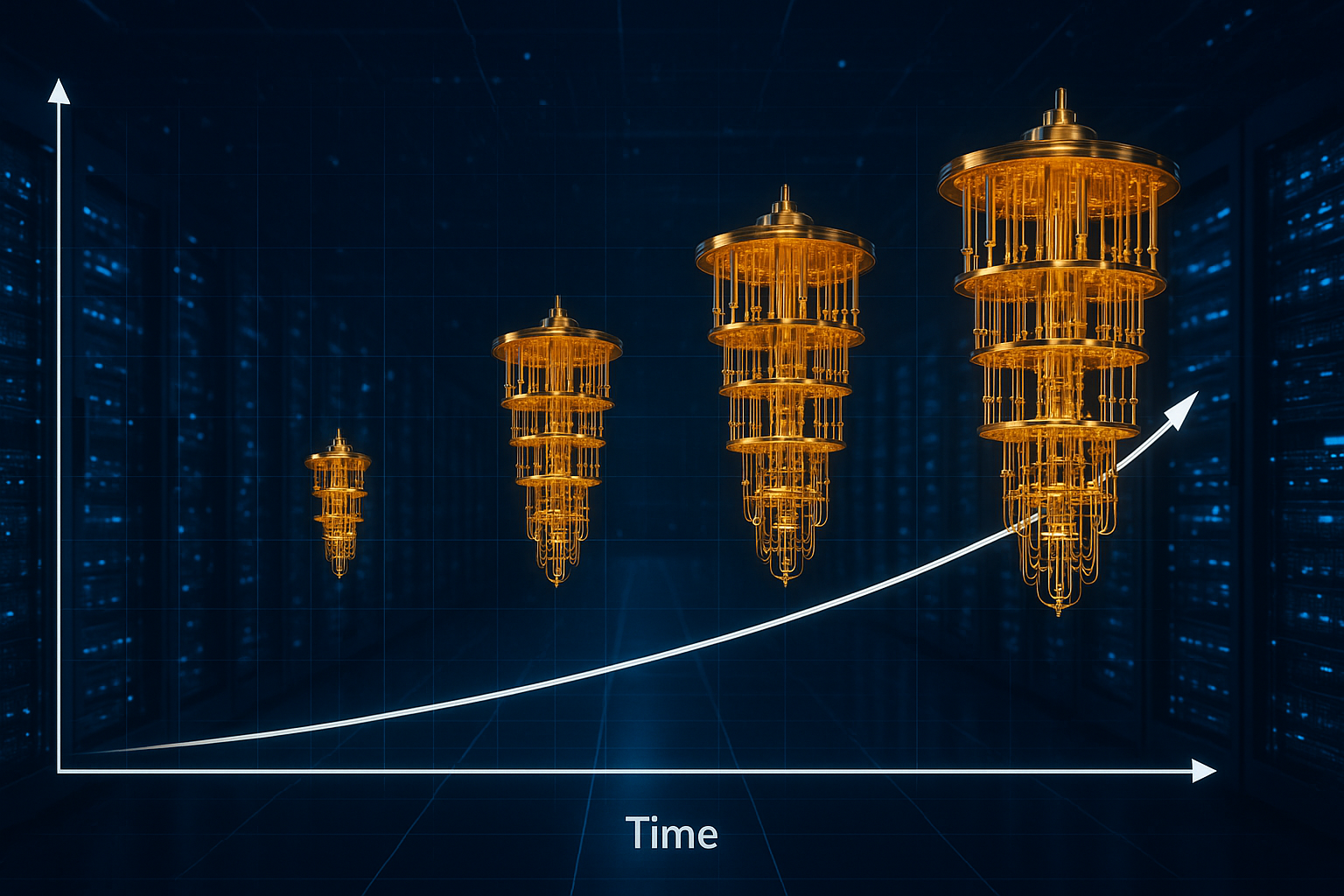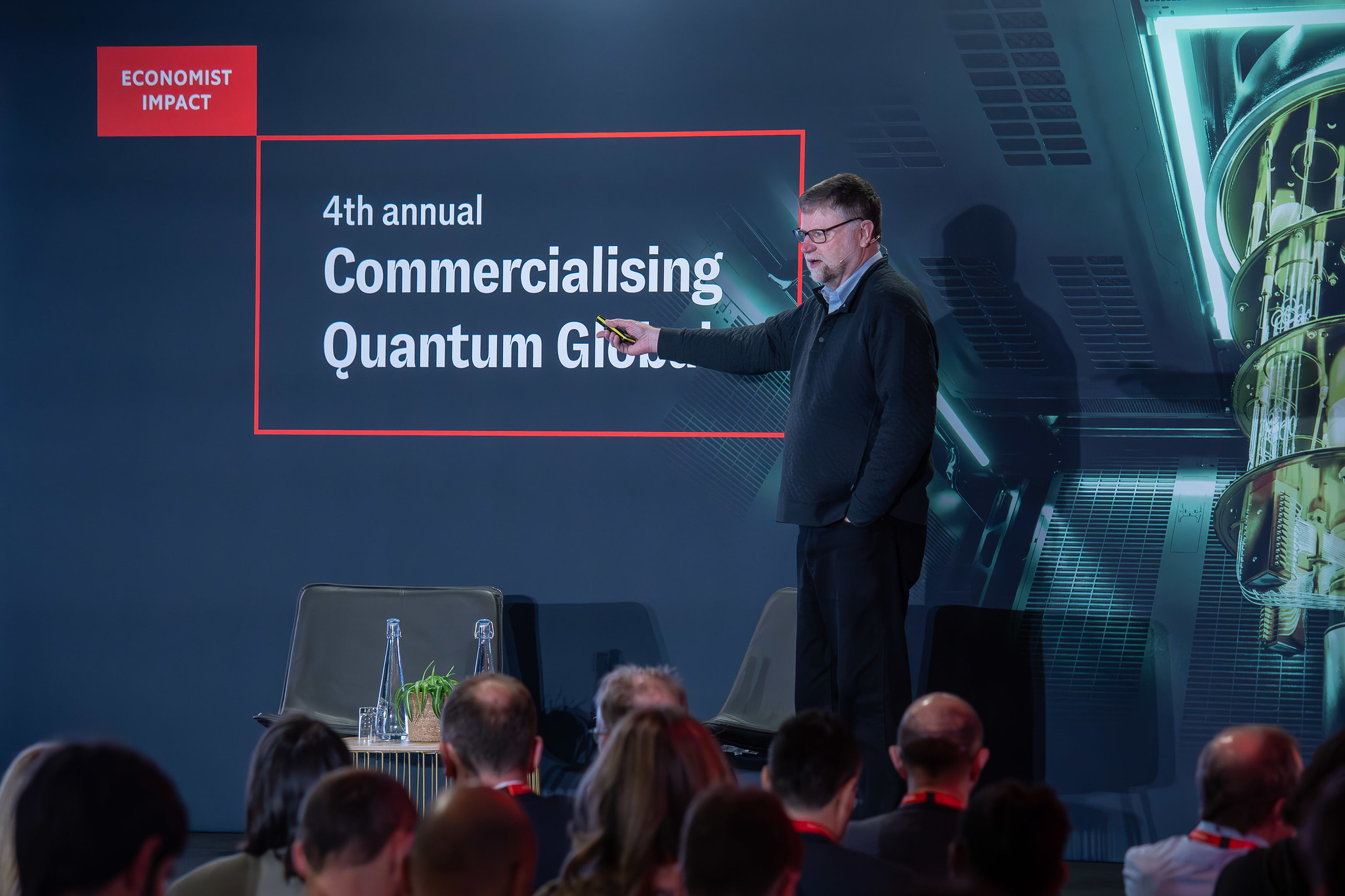Commentary and a selection of the most important recent news, articles, and papers about Quantum.
Today’s Brief Commentary
There is so much going on across quantum technologies these days that I’ve had to use new categories for computing, networking, and sensing, both general and technical. This is a good thing, and I hope the sections make it easier for you to jump to the topics that interest you.
Don’t forget the “Related Articles and Papers” section at the end for less newsy items that nevertheless add some background understanding. For example, I provide a link today to a Wikipedia article about time-bin encoding. Quantum isn’t all |0>s and |1>s, “at the same time” or otherwise.
It’s the time for third-quarter earnings reports, and I provide a link to IonQ’s news. D-Wave Quantum and Rigetti Computing report out next week.
Don’t forget to check out and bookmark my new sortable list of upcoming quantum technology conferences.
General News, Articles, and Analyses
Infleqtion Expands Operations in Oxford, Underscoring Foundational Role in UK’s Quantum Future
(Tuesday, November 5, 2024) “Through collaborations with government, academia, and industry, Infleqtion is accelerating the development and deployment of quantum technologies and demonstrating the transformative impact they can have in areas like transportation, energy, healthcare, security, defence, advanced manufacturing, digital technologies, finance and banking. These efforts align with the UK’s strategic goals to strengthen its technological infrastructure and national security, and will be on full display at the UK National Quantum Technologies Showcase 2024 on the 8th of November, 2024.”
Quantum Computing
Challenging Quantum Supremacy: The Surprising Power of Classical Computers
https://scitechdaily.com/challenging-quantum-supremacy-the-surprising-power-of-classical-computers/
Author: Mara Johnson-Groh
Commentary:
As some have learned to their reputational detriment, do not make bold statements of the superiority of quantum computing before the classical algorithmists have had a chance to respond.(Friday, November 1, 2024) “Classical computers outperformed a quantum computer in simulations of a two-dimensional quantum magnet system, showing unexpected confinement phenomena. This discovery by Flatiron Institute researchers redefines the practical limits of quantum computing and enhances understanding of quantum-classical computational boundaries.”
Computer Engineering faculty awarded to advance the compilation process in quantum computing | RIT
Author: Andres Kwasinski
Commentary:
Computer science research such as this is essential for us to reach eventual Practical Quantum Advantage.(Monday, November 4, 2024) “Dr. Sonia Lopez Alarcon has been awarded a prestigious grant from the National Science Foundation‘s (NSF) Expanding Capacity in Quantum Information Science and Engineering (ExpandQISE) program. Her research aims to advance quantum computing through novel compilation strategies tailored for future error-corrected quantum devices. Currently, the full potential of quantum computing is limited by the challenges involved in efficient qubit routing—an essential process for facilitating communication between qubits in quantum hardware. This project addresses this critical issue by developing advanced quantum compilation techniques designed to improve both the scalability and reliability of qubit routing.”
IonQ – IonQ Announces Third Quarter 2024 Financial Results
Commentary:
Look at the increase in revenue but also the increased net loss.(Wednesday, November 6, 2024) ““We had yet another banner quarter at IonQ, booking $63.5 million and exceeding the high end of our revenue range. We won a $54.5 million deal with the United States Air Force Research Lab (AFRL) to develop and deliver hardware that enables the scaling and networking of quantum systems,” said Peter Chapman, President and CEO of IonQ. “We have entered a new era of commercialization for quantum networking, as demonstrated by the AFRL deal, today’s announcement of the Qubitekk acquisition, and last quarter’s networking win with ARLIS. These announcements advance our position as a market leader in quantum networking, in addition to our pole position in quantum computing.””
Quantum Computing – Technical
Phys. Rev. X 14, 041028 (2024) – Scalable Multispecies Ion Transport in a Grid-Based Surface-Electrode Trap
https://journals.aps.org/prx/abstract/10.1103/PhysRevX.14.041028
Author: Adam Zewe
(Friday, November 1, 2024) “Quantum processors based on linear arrays of trapped ions have achieved exceptional performance, but scaling to large qubit numbers requires realizing two-dimensional ion arrays as envisioned in the quantum charge-coupled device (QCCD) architecture. Here, we present a scalable method for the control of ion crystals in a grid-based surface-electrode Paul trap and characterize it in the context of transport operations that sort and reorder multispecies crystals.”
Quantum Networking
IonQ to Acquire Qubitekk, Furthering Leadership in Quantum Networking
https://ionq.com/news/ionq-to-acquire-qubitekk-furthering-leadership-in-quantum-networking
Commentary:
This acquisition answers the question of whether IonQ is going after long-distance quantum networking in the affirmative.(Thursday, November 6, 2014) “Today, IonQ (NYSE: IONQ) announced that it has reached a definitive agreement to acquire substantially all of the operating assets of Qubitekk, Inc., a leading Vista, CA-based quantum networking company. As part of the transaction, the Qubitekk team will join IonQ to further enhance IonQ’s leading position in the quantum networking industry. IonQ anticipates closing the acquisition within the next six months, subject to the satisfaction of certain closing conditions.”
Nu Quantum announces collaboration with CERN to adopt White Rabbit timing technology to enable data centre-scale quantum computing networks
Commentary:
Disclaimer: I am a Non-Executive Director of Nu Quantum.(Thursday, November 7, 2024) “Nu Quantum, the leading quantum entanglement startup, is adopting CERN-born White Rabbit (WR) technology to enable data-centre scale quantum computing networks. WR enables highly precise timing synchronisation which is crucial for developing large-scale quantum networks. Nu Quantum is the first quantum industrial partner to join the WR Collaboration. The Nu Quantum team will also be previewing their Quantum Networking Unit (QNU) at the National Quantum Technology Showcase in London, a technology that will enable multiple quantum computing nodes to be woven together into a distributed quantum computing machine. This approach is essential to scale-out quantum computing and unlock transformative computational power to tackle outstanding challenges in industry and society.”
Quantum Networking – Technical
[2410.10512] Quantum Internet: Resource Estimation for Entanglement Routing
https://arxiv.org/abs/2410.10512
Authors: Dawar, Manik; Riedinger, Ralf; Vyas, Nilesh; and Mendes, Paulo
Commentary:
Companies working on quantum networks include Aliro Quantum, Cisco, Qunnect, and Verizon.(Monday, October 14, 2024) “We consider the problem of estimating the physical resources required for routing entanglement along an arbitrary path in a quantum bipartite entanglement network based on first-generation quantum repeaters. This resource consumption is intimately linked with the purification protocol and the errors that it introduces due to experimental imperfections. We propose a novel way of accounting for experimental errors in the purification process, which offers the flexibility of accounting for a non uniform probability distribution over different kinds of errors. Moreover, we introduce a novel approach for computing a non-recursive estimation of the resource consumption and illustrate it specifically for our error treatment on a nested repeater protocol. This allows for a reduction in the time complexity of the computation required for the resource estimation, from linear in the required number of purification steps, to constant. Given the fragility and ultra-short lifespans of quantum information, this is especially crucial for an effective operation of a quantum network. The results demonstrate that the approximation works reasonably well over a wide-range of errors.”
Qubit teleportation between a memory-compatible photonic time-bin qubit and a solid-state quantum network node | npj Quantum Information
https://www.nature.com/articles/s41534-024-00910-0
Authors: Iuliano, Mariagrazia; Slater, Marie-Christine; Stolk, Arian J.; Weaver, Matthew J.; Chakraborty, Tanmoy; Loukiantchenko, Elsie; do Amaral, Gustavo C.; Alfasi, Nir; Sholkina, Mariya O.; ; …; and Hanson, Ronald
(Saturday, November 2, 2024) “We report on a quantum interface linking a diamond NV center quantum network node and 795nm photonic time-bin qubits compatible with Thulium and Rubidium quantum memories. The interface makes use of two-stage low-noise quantum frequency conversion and waveform shaping to match temporal and spectral photon profiles. Two-photon quantum interference shows high indistinguishability between converted 795nm photons and the native NV center photons. We use the interface to demonstrate quantum teleportation including real-time feedforward from an unbiased set of 795nm photonic qubit input states to the NV center spin qubit, achieving a teleportation fidelity well above the classical bound. This proof-of-concept experiment shows the feasibility of interconnecting different quantum network hardware.”
Quantum Sensing -Technical
Phys. Rev. Lett. 132, 190001 (2024) – Essay: Quantum Sensing with Atomic, Molecular, and Optical Platforms for Fundamental Physics
https://journals.aps.org/prl/abstract/10.1103/PhysRevLett.132.190001
Authors: Jun Ye and Peter Zoller
Commentary:
I listed this in a technical category, but it worth reading to get an overview of quantum sensing by two extraordinary scientists.(Tuesday, May 7, 2024) “Atomic, molecular, and optical (AMO) physics has been at the forefront of the development of quantum science while laying the foundation for modern technology. With the growing capabilities of quantum control of many atoms for engineered many-body states and quantum entanglement, a key question emerges: what critical impact will the second quantum revolution with ubiquitous applications of entanglement bring to bear on fundamental physics? In this Essay, we argue that a compelling long-term vision for fundamental physics and novel applications is to harness the rapid development of quantum information science to define and advance the frontiers of measurement physics, with strong potential for fundamental discoveries. As quantum technologies, such as fault-tolerant quantum computing and entangled quantum sensor networks, become much more advanced than today’s realization, we wonder what doors of basic science can these tools unlock. We anticipate that some of the most intriguing and challenging problems, such as quantum aspects of gravity, fundamental symmetries, or new physics beyond the minimal standard model, will be tackled at the emerging quantum measurement frontier.”
Related Articles and Papers
Time-bin encoding – Wikipedia
https://en.wikipedia.org/wiki/Time-bin_encoding
“Time-bin encoding is a technique used in quantum information science to encode a qubit of information on a photon. Quantum information science makes use of qubits as a basic resource similar to bits in classical computing. Qubits are any two-level quantum mechanical system; there are many different physical implementations of qubits, one of which is time-bin encoding.”




